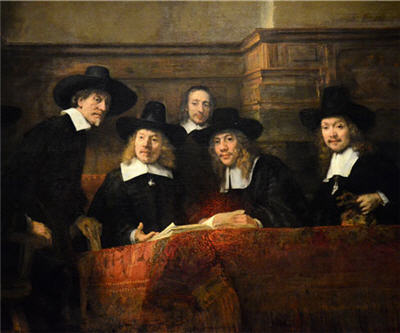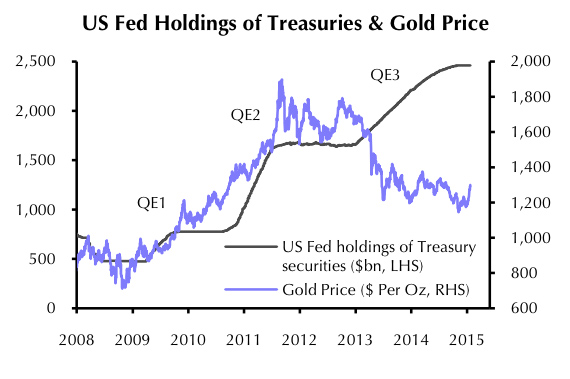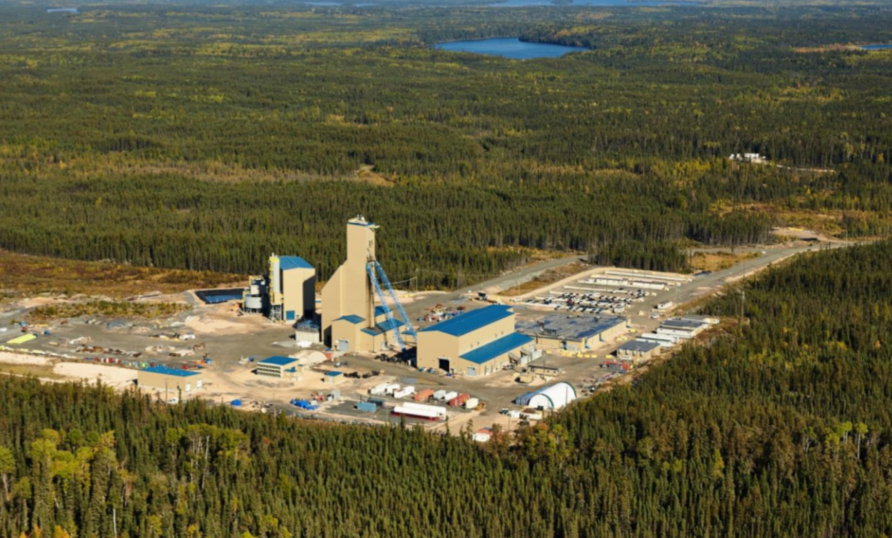GRAPH: Gold price vs bond buys shows limits of QE

Gold on Thursday jumped past the $1,300 an ounce level following the announcement of a bigger-than-expected stimulus package from the European Central Bank. The metal is now trading up over $120 or just under 9.5% in 2015, having gained in nine of the last 10 trading sessions.
The latest breakout came after European Central Bank chief Mario Draghi in an effort to stimulate the economy of the bloc and stoke inflation announced the bank’s own version of quantitative easing – an unconventional monetary policy tool to create money by buying sovereign bonds.
The ECB’s historic move comes more than six years after the US Federal Reserve embarked on its QE program. On 16 December 2008, three months after the sub-prime financial crisis erupted with the collapse of investment bank Lehman Brothers, then Chairman Ben Bernanke launched the first round of QE.
On 15 December 2008 an ounce of gold would set you back $837.50. The third round of QE in the US ended in October last year after expanding the US Federal Reserve balance sheet by almost $4.5 trillion where it still sits today.
The ECB’s version – the first round; possibly of many – turned out to be a much-anticipated “bazooka” of monthly asset purchases – €60 billion through September next year. The ECB and euroland’s 19 central banks will flood the financial system with €1.1 trillion ($1.3 trillion) worth of easy money over this time.
While gold appreciated some 40% over the time the Fed was printing money, a new research note by Julian Jessop, Head of Commodities Research at Capital Economics, pours some cold water on the idea that the ECB QE has the ability to boost the gold price substantially:
Despite all the hype about the ECB “pumping billions of euros into the economy”, the reality is that some financial institutions will simply be swapping their holdings of government bonds, which already have very low or even negative yields, for cash. This shuffling of balance sheets between very similar assets seems unlikely to prompt shifts into commodities, or to have much impact elsewhere in the real world.
What’s more, the experience in the US has shown that there may not be much of a boost to investment demand either. The price of gold still slumped in 2012 and 2013 even after the launch of the third round of quantitative easing by the Fed (aka QE3).
That said, the independent research house has one of the more bullish views of the gold price. Capital Economics recently raised its forecasts substantially from $1,300 to $1,400 per ounce at the end of this year and for end-2016 from $1,400 to $1,470.
SEE ALSO: Timeline of the gold price and the Fed’s rocky relationship
More News
{{ commodity.name }}
{{ post.title }}
{{ post.date }}


Comments